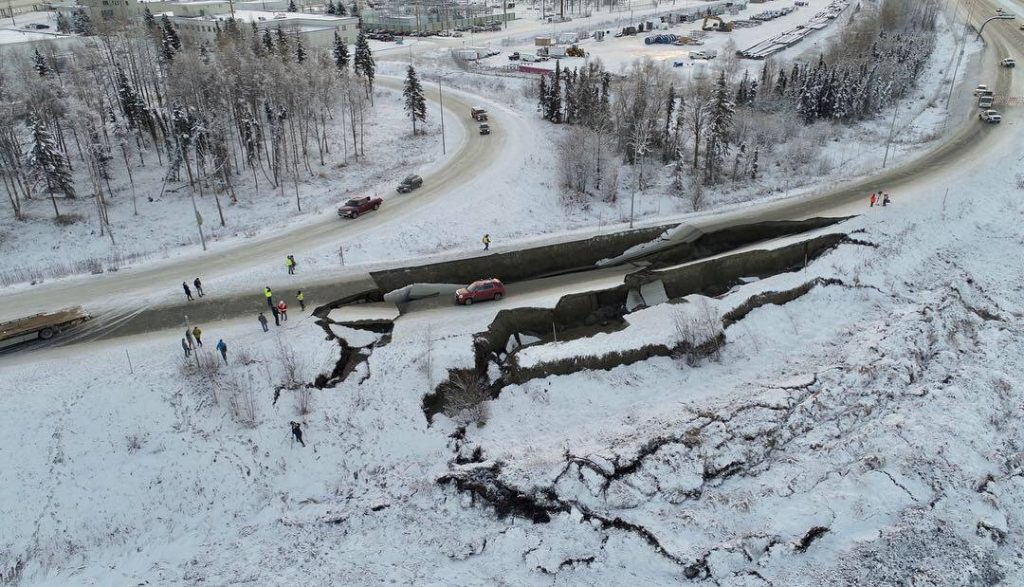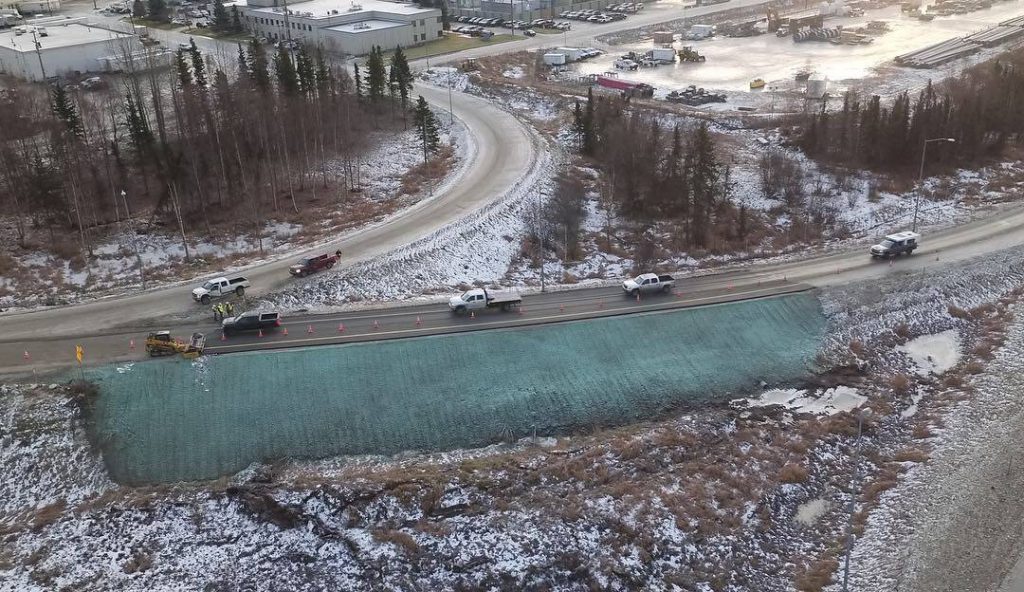Alaska had a 7.0 earthquake on Friday, November 30th. It devastated the region. Major roads simply collapsed, cutting off many communities. Luckily there were 0 deaths and only a few minor injuries. Alaska had taken to heart what it learned from the last major earthquake over fifty years ago.
What is amazing is that in under a week many of the major highways and roads had already been repaired. It was a phenomenal response to a devastating event. In looking at what the state of Alaska did after the earthquake, I believe we can draw some parallels to how every organization needs to plan for worst-case scenarios in order to be back up and running in short order.


The following are some of the steps that the Alaskan government enacted to quickly fix the roads that are the lifelines of its communities.
I think the best quote is one from Anchorage Mayor Ethan Berkowitz in which he states “People pulled together. We followed the plans that were in place. We looked after one another.” (source: AP). There are still many issues to resolve but they utilized a prioritized approach to fix high impact damage first.
Disaster Lessons for IT
The lessons that I took away from Alaska’s disaster response were the following:
Following these steps will help you minimize the downtime for your organization. It may very well be the difference between a full recovery or a crippled business leading to a potential business failure.
I’ll leave this article with a final thought. If all of your systems went down right now, what would you do? Would you recover as quickly as Alaska has? If you are unsure, you’ve got some planning to do.
Images of Alaskan earthquake and recovery by Alaska DOT&PF.
